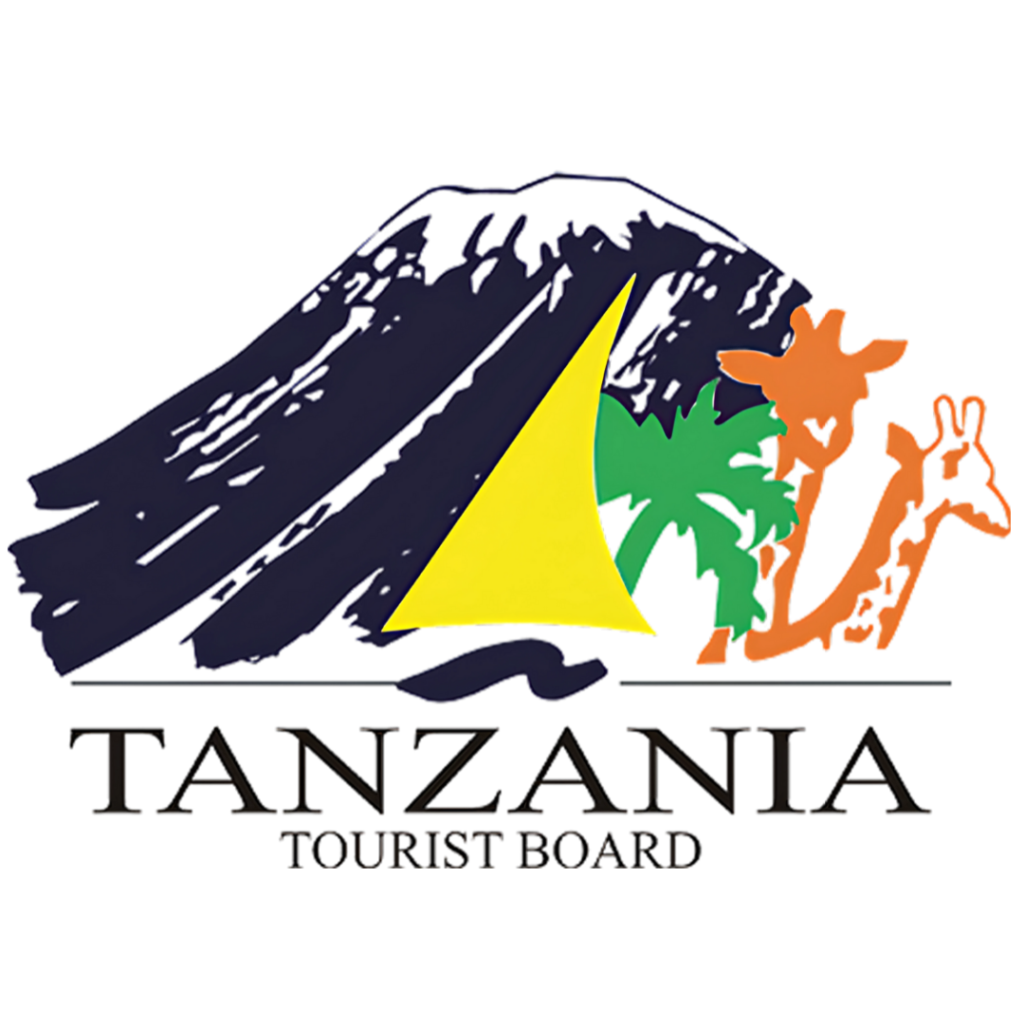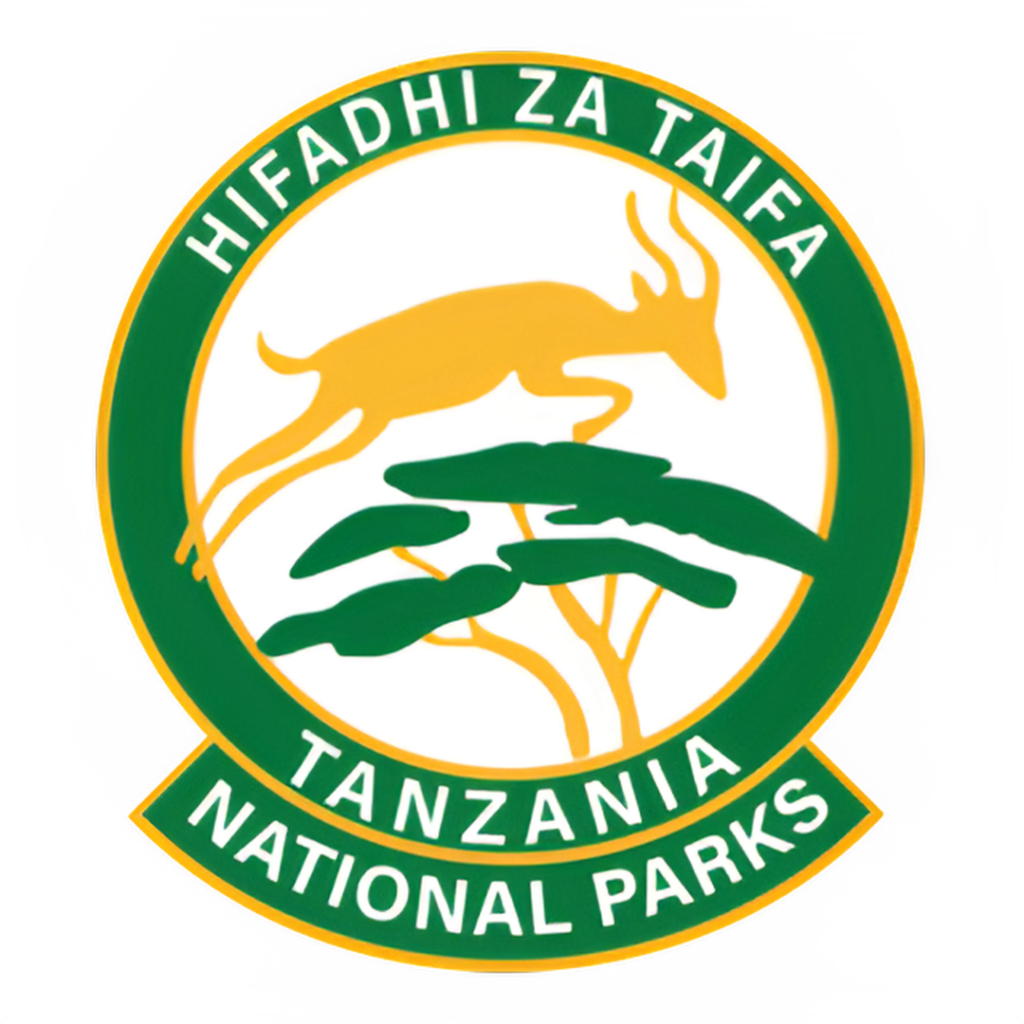Lake Manyara National Park, located in northern Tanzania, is a stunning destination renowned for its diverse ecosystems and breathtaking scenery. Nestled at the base of the Great Rift Valley escarpment, the park covers an area of approximately 325 square kilometers, with the alkaline Lake Manyara itself occupying two-thirds of the park. Known as a microcosm of the Tanzanian safari experience, Lake Manyara offers a mix of lush groundwater forests, open savannah, hot springs, and the expansive lake, making it a haven for wildlife and bird enthusiasts alike.
One of the park’s most famous attractions is its population of tree-climbing lions, a rare phenomenon in Africa. Visitors are also treated to sightings of large herds of elephants, giraffes, zebras, wildebeests, and hippos. The park is home to over 400 bird species, including flocks of pink flamingos that gather on the lake’s shores, creating a striking visual spectacle. With its rich biodiversity and dramatic landscapes, Lake Manyara National Park is an ideal destination for both short and extended safaris, offering an unforgettable wildlife experience in a compact setting.
Lake Manyara National Park is located in northern Tanzania, approximately 126 kilometers (78 miles) west of Arusha, making it an ideal stopover on Tanzania’s Northern Safari Circuit. The park lies between Tarangire National Park and the Ngorongoro Conservation Area, offering easy access for travelers exploring Tanzania’s most famous wildlife destinations. Positioned at the base of the Great Rift Valley escarpment, the park features dramatic geological formations and stunning views, making it a visually captivating destination.
The park is dominated by Lake Manyara, a shallow alkaline lake that expands and contracts with the seasons. This geographical setting creates a rich variety of habitats, from dense groundwater forests and acacia woodlands to open grasslands and hot springs. Lake Manyara’s unique location and ecosystems support a wide range of wildlife and bird species, making it a must-visit destination for nature lovers, photographers, and safari enthusiasts. Its proximity to major tourist hubs like Arusha and Karatu makes it a convenient and rewarding addition to any Tanzanian safari itinerary.

Our Lake Manyara Safari Expeditions offer travelers a unique opportunity to explore one of Tanzania’s most scenic and biodiverse national parks. Perfect for both seasoned safari-goers and first-time visitors, our expertly guided tours take you through the park’s diverse landscapes, from the lush forests where baboons and blue monkeys roam to the open plains frequented by elephants, zebras, and giraffes. A highlight of any Lake Manyara safari is the chance to spot the park’s legendary tree-climbing lions, often seen lounging on acacia branches.
Our expeditions are designed to maximize your wildlife viewing experience while ensuring comfort and safety. Each safari includes game drives along the park’s well-maintained routes, allowing you to witness hippos wallowing in the lake, flocks of flamingos coloring the shoreline pink, and a rich variety of birdlife. We also offer cultural visits to nearby villages, giving you insight into the local way of life. Whether you choose a half-day adventure or a full-day exploration, our Lake Manyara Safari Expeditions promise an immersive journey into one of Tanzania’s most picturesque parks, combining adventure, nature, and cultural experiences.
Witness the Great Wildebeest Migration in Tanzania The Great Wildebeest Migration is one of nature’s most spectacular phenomena, and there’s no better spot to see it than
Safari in national parks: Tarangire, Ngorongoro Crater and Serengeti The Great Migration is one of nature’s most stunning displays, and seeing it in the Serengeti is unlike
Witness the Oluway Farms Enter the untamed interior of Tanzania’s countryside, where adventure, tradition, and the natural world all come together to create a once-in-a-lifetime ranch experience.
Discover Tanzania National Parks and the Beautiful Island Paradise of Zanzibar Before relaxing on the immaculate beaches of Zanzibar, take a once-in-a-lifetime 10-day trip through Tanzania and
Lake Manyara National Park is famous for its tree-climbing lions, large flocks of flamingos, and diverse ecosystems within a compact area. The park features groundwater forests, open savannah, swamps, and the alkaline Lake Manyara itself, creating habitats for abundant wildlife. Besides lions, visitors may spot elephants, hippos, giraffes, baboons, and over 400 bird species. The dramatic Rift Valley escarpment forms a stunning backdrop, enhancing the park’s scenic beauty. Its unique biodiversity and accessibility from Arusha make it a popular stop on Tanzania’s northern safari circuit.
Lake Manyara National Park is located in northern Tanzania, approximately 126 kilometers (78 miles) west of Arusha town. It lies along the base of the Great Rift Valley escarpment, bordering the alkaline Lake Manyara. The park covers an area of about 330 square kilometers, of which the lake itself makes up two-thirds. Its strategic location makes it easily accessible as part of the northern safari circuit, often visited en route to Ngorongoro Crater and Serengeti National Park. The park’s varied landscape and proximity to other attractions make it a convenient and rewarding destination.
Lake Manyara is home to diverse wildlife, including elephants, buffaloes, hippos, giraffes, zebras, wildebeests, and various antelope species. The park is particularly famous for its tree-climbing lions, which rest on acacia branches. Birdlife is spectacular, with over 400 species, including pink flamingos, pelicans, storks, and African fish eagles. The park’s mix of woodland, grassland, and water habitats provides a haven for both land and aquatic animals, making it an excellent spot for wildlife viewing.
Unlike most lions, which prefer to rest on the ground, Lake Manyara’s lions are known for their unusual habit of climbing trees. While the exact reason remains uncertain, theories suggest they do it to escape ground heat, avoid insect bites, or get a better view of their surroundings. This rare behavior makes the park a unique safari destination, as visitors have a higher chance of spotting these majestic predators resting on tree branches.
Lake Manyara National Park can be visited year-round, but the best time depends on what you want to experience. The dry season (June to October) offers excellent wildlife viewing as animals gather near water sources. The wet season (November to May) transforms the park into a lush paradise, attracting migratory birds and offering stunning landscapes. Flamingo numbers peak during the wet season, making it the best time for birdwatchers and photographers.
Yes, the nearby town of Mto wa Mbu offers fascinating cultural experiences. Visitors can explore local markets, taste traditional Tanzanian food, and interact with different ethnic groups, including the Maasai. Guided village walks or bike tours provide insights into rural Tanzanian life, farming practices, and traditional crafts. This cultural aspect adds depth to a safari visit, allowing travelers to experience both wildlife and local heritage.
Due to its small size, Lake Manyara National Park can be explored in a half-day or full-day game drive. A half-day tour is ideal for those on a tight schedule, while a full-day visit allows for more in-depth exploration, including birdwatching and scenic stops at hot springs. If combined with nearby destinations like Ngorongoro or Tarangire, spending a night in the area provides a more relaxed safari experience.



